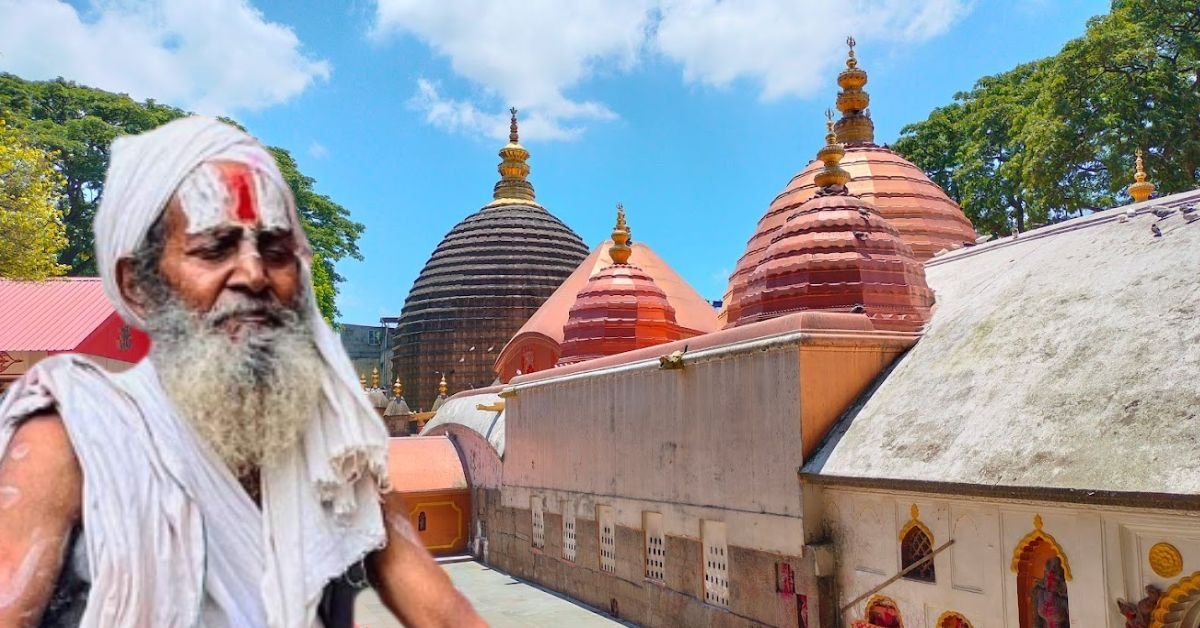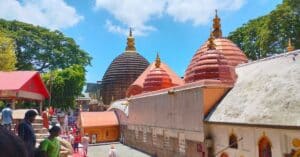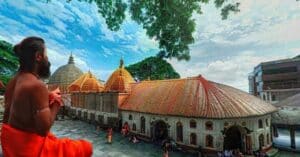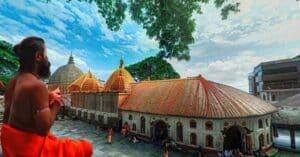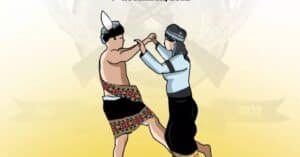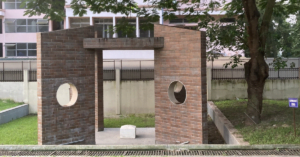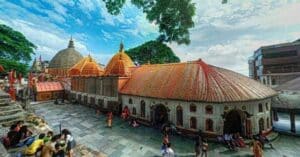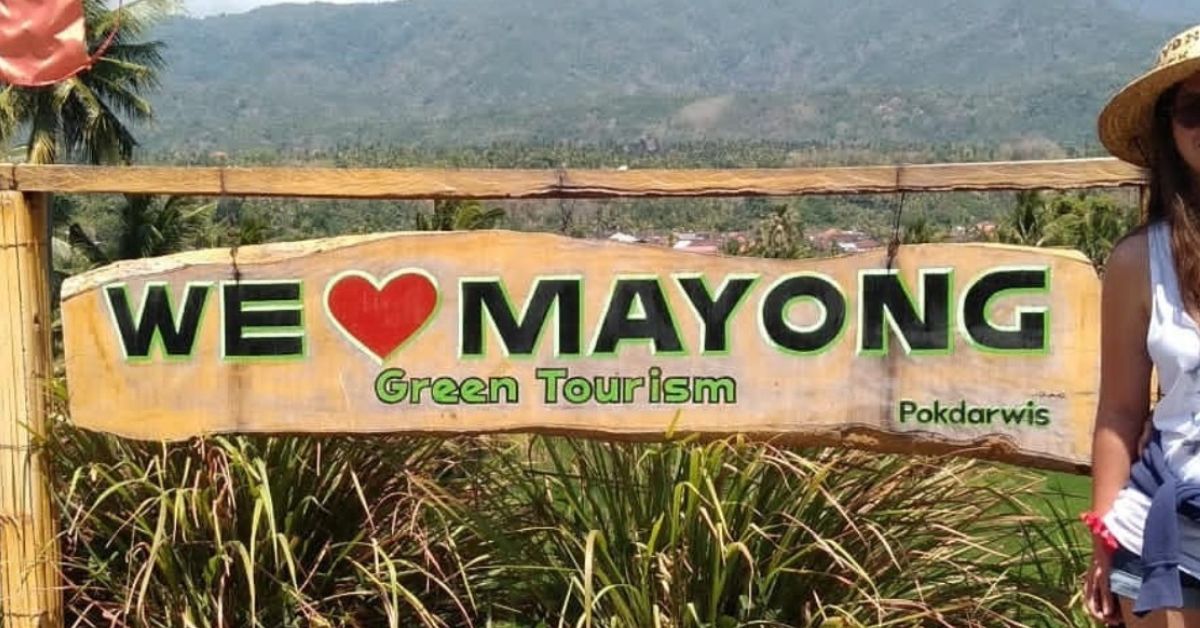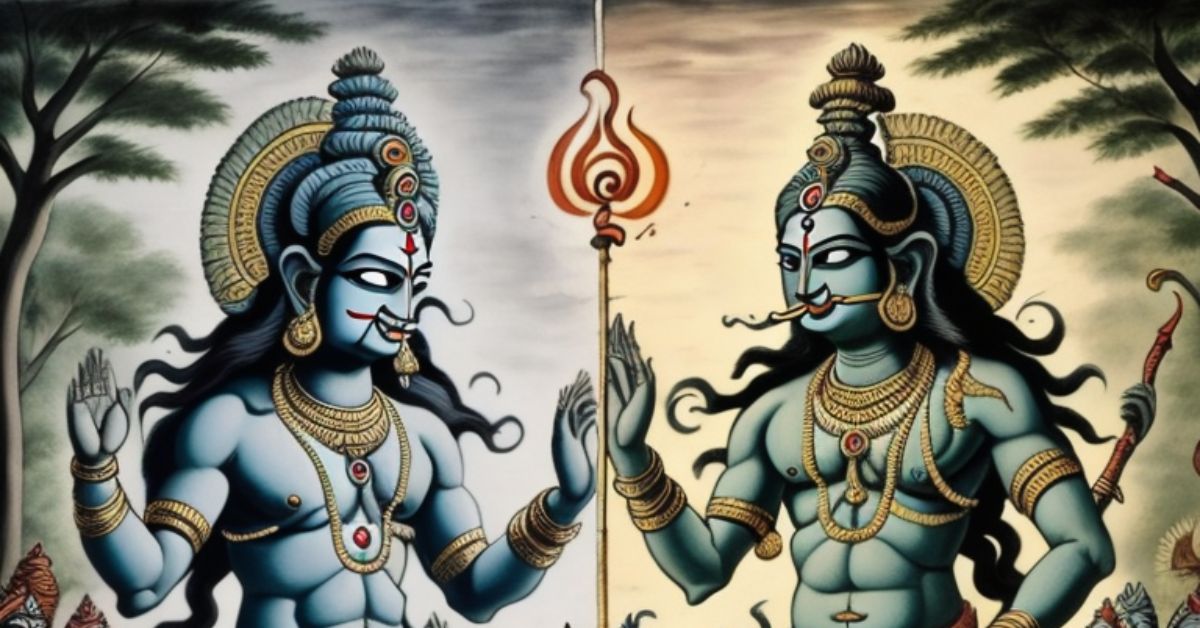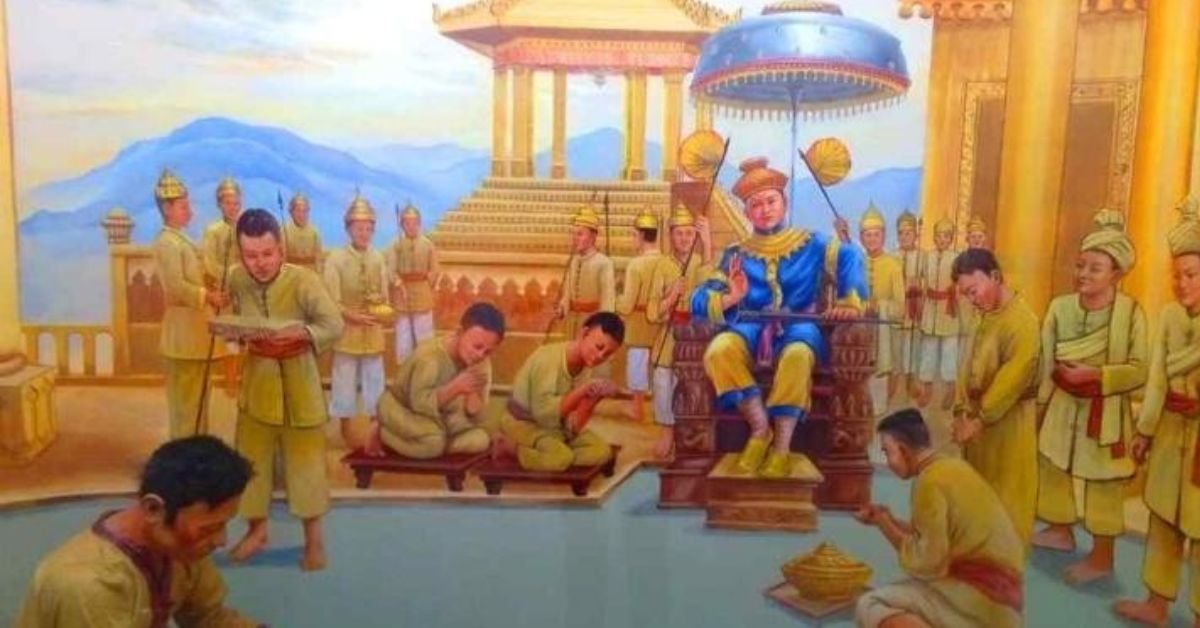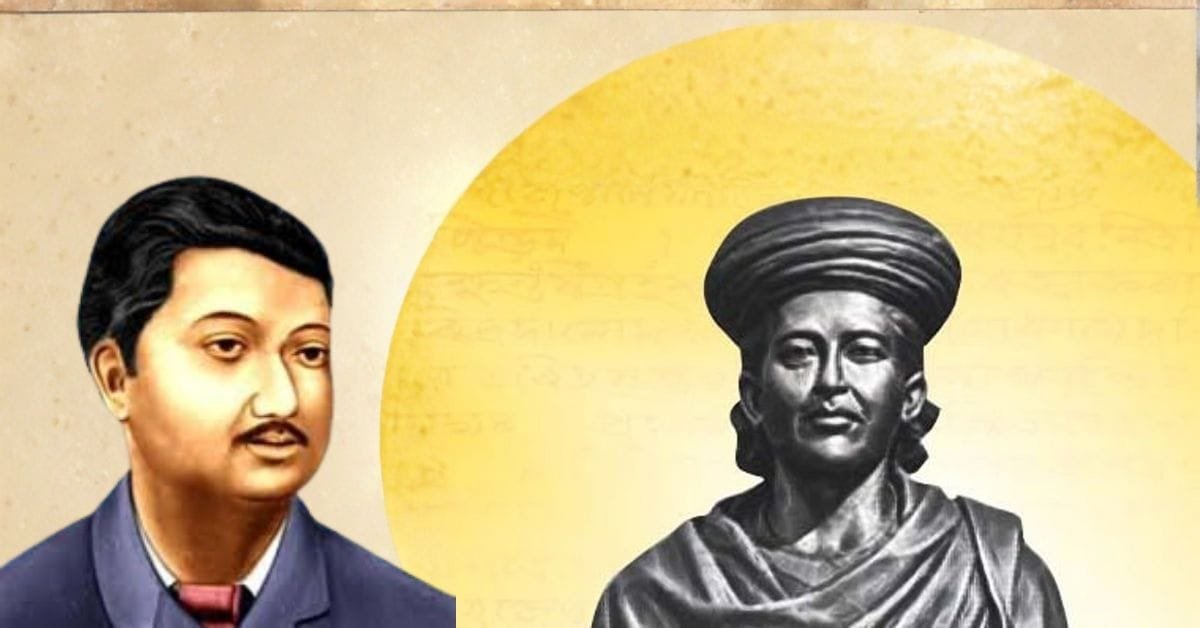The Kamakhya Temple of Guwahati is Guwahati’s most famous tourist place. Every year, the Kamakhya temple of Guwahati receives millions of footfalls from devotees across India and the world. Most people visit Kamakhya Temple for pilgrimage and to seek the blessings of Maa Kamakhya Devi. However, many are unaware of the proper religious guidelines involved. In this blog, we’ll discuss a lesson from the Kalika Purana, an ancient Hindu text from Assam. The secrets of Kamakhya Temple Pilgrimage you need to know before you plan your trip.
Before we dive into the topic, I assume you are familiar with the mythological story of Kamakhya Temple and the benefits of visiting the temple. This blog is not a basic tour plan for a Kamakhya Temple pilgrimage; it’s about guiding you to avoid the mistakes that other pilgrims often make. According to the Kalika Purana and the insights of various pandits/pandas of Kamakhya Temple, following this simple guideline is essential to seek the blessings of Maa Kamakhya.
What History Says About Kamakhya Temple Pilgrimage
During my various trips to Kamakhya Temple, I interacted with many pandas (priests of Kamakhya Temple). The Pandas are hereditary and generations of pandas have preserved the oral history associated with the Kamakhya Temple of Guwahati. The gist of these discussions is written as a travel blog from the point of view of a local guide. You can read the blog here.
During one such discussion, a senior panda revealed to me that according to Kalika Puran any devotee who wants to visit Kamakhya temple should visit these 5 temples in Guwahati (one on South bank of Brahmaputra, three on North Bank of Brahmaputra and one on an island of Brahmaputra).
Any pilgrimage to Kamakhya temple is incomplete without visiting these five temples. To be blessed fully by Maa Kamakhya, you must add these temples to your itinerary.
The Temples You Must Visit in Guwahati
As mentioned above, the Kalika Purana suggests that you must visit three temples on the north bank of the Brahmaputra i.e the Aswaklanta Temple, the Dirgheswari Temple and the Manikarneswar Temple. These three are located in North Guwahati.
The temple on the south bank is the Pandunath Temple and the temple on the island is the Umananda temple. These temples are woven into the rich tapestry of Kamakhya Temple’s mythological stories and local folklore. After visiting Kamakhya Temple in Guwahati, it’s worth exploring these additional sites to complete your spiritual journey. Here are the details of these significant temples.
Aswaklanta Temple
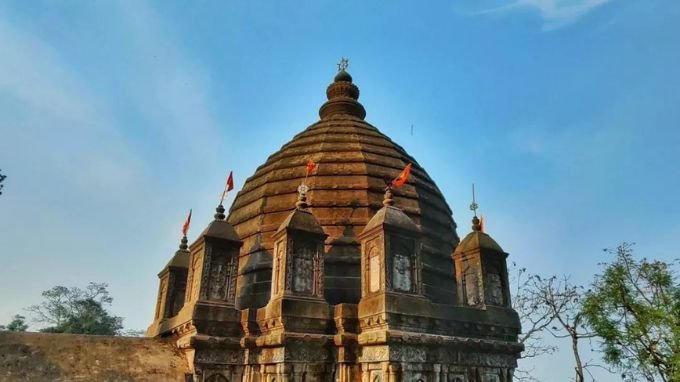
Aswaklanta Temple also known as Aswakranta Devalaya is an important temple constructed by the Ahom king Swargadeo Siva Singha in 1720. It is located in the Majgaon area of North Guwahati.
As per one legend, when Krishna was searching for the demon king Narakasura, on the way, Krishna’s horse got tired at this spot where the Aswaklanta Temple is now located. Aswa means ‘horse’ and klanta means ‘tired’ in Assamese. Therefore, the place got the name Aswaklanta.
Basically, there are two temples within the main premises. One of the temples is located at the foothill — the Kurma Janardan Temple and the other — the Anantasayini Vishnu Temple, is positioned at the top of the hillock. The main garbhagriha of the Anantasayi Temple houses the unique image of Anantasayi (Vishnu lying on the Ananta snake). This idol is carved out of black stone and the significance of this particular idol is that it goes back to the 11th century.
The Vishnu pad (footprint) here is an interesting feature. It is believed that this is the footprint of Lord Vishnu on the foothills of the hillock. There are two rock cut caves at the base of the hill. Earlier, there was a Kunda or a sacrificial space in the spot, which has been washed away by the River Brahmaputra.
On the day of Ashokastami (falls in the first week of April), a large number of people come to Aswaklanta to take bath in the river Brahmaputra.
Dirgheswari Temple
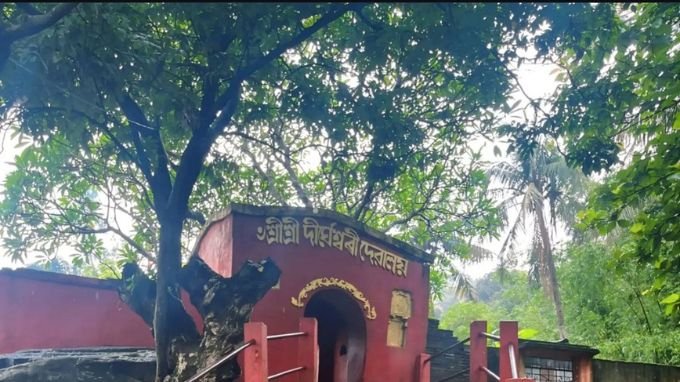
This temple, situated on the Sitachal Hills, is considered the second most holy place in Assam after Kamakhya. Dedicated to Goddess Durga, it was built by the Ahom king Swargadeo Siva Singha in the year 1714. Since ancient times, Dirgheswari Temple or Dirgheswari Dewalaya was a prominent place of worship for the followers of the Shakti cult of Assam.
It is said that when Sati, the wife of Lord Shiva died, Lord Shiva, in His grief, carried her dead body around the world. In order to pacify Shiva, Lord Vishnu instructed His Sudarshan Chakra to cut Sati’s body into several pieces. It is believed that while Sati’s yoni fell on Nilachal Hill, one of her limbs fell on Sitachal Hill. Hence, the place is considered sacred by the people.
People of the locality celebrate Madan Chaturdashi when a divine marriage is solemnised between Devi Dirgheswari and Lord Shiva in the Manikarneswar Temple nearby. People carry Devi Dirgheswari to Manikarneswar Temple (listed below) in a procession during the day and bring her back to Sitachal at the end of the day. Besides, Durga Puja is celebrated with much religious fervour. The idol of Goddess Durga is situated insde the Garbhagriha of the temple.
Manikarneswar Temple
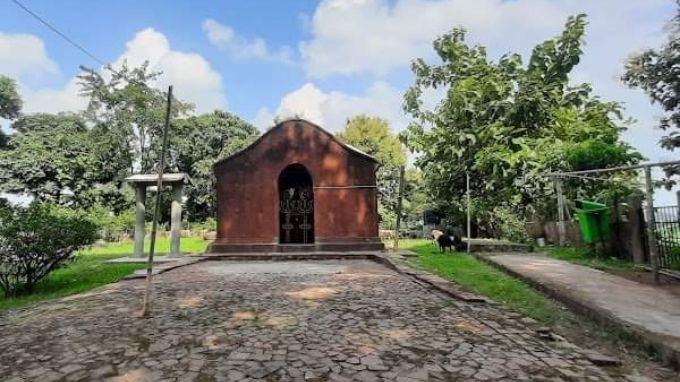
This is a star-shaped temple over a hillock near Rajaduar. About 100 steps lead to the temple compound. It is one of the oldest temples of the Pala Dynasty built during the tenth to 11th century AD. Subsequently it was renovated by the Ahom king Swargadeo Rajeswar Singha in 1755 AD.
During the military preparations of Ahom king Rudra Singha against the Mughals, this post came to be identified as Rajaduar, or the king’s gateway. The king could reach the Brahmaputra for any naval journey from his pleasure house (Rang Mahal), about three kilometres to the north of the river, only through the pass cut out between the hillocks of Manikarneswar and Chandra Bharati Mandap. Presently this is the road taken by the devotees to and from the ferry approach on the north bank. The Manikarneswar Hill extends its tailbone to the northeast direction to reach the huge rock known as the ‘Kanai Boroxi Boa Xil’. It is believed to have served Kanai (Lord Krishna) as the seat for angling in the river. Only a three-minute walk from the temple premises, it is one of the most beautiful viewpoints of the North Guwahati area.
Umananda Temple : The Temple on Island
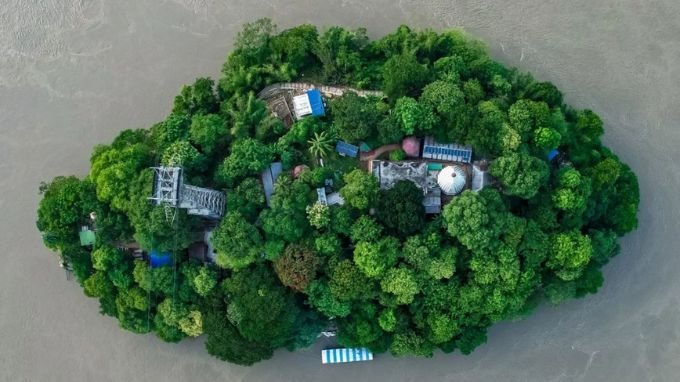
Umananda Temple, situated on the picturesque Peacock Island in the Brahmaputra River, is a sacred abode dedicated to Lord Shiva. Built by the devout Shivaite Ahom King Gadhadhar Singha, this 300-year-old temple is nestled on the mountain known as Bhasmacala. The island itself is recognised as the smallest inhabited riverine island globally, offering a unique spiritual experience. Unlike other temples in Guwahati, this temple is not frequented by many tourists.
To reach the Umananda Temple, one can embark on a ferry journey from Sukreswar Ghat, located near Panbazar in Guwahati. The ferry ride takes approximately 30 minutes, and there are both private and government boats available. Additionally, a cable car offers a scenic view of the temple from above, providing a unique perspective for visitors.
The journey involves around 300 steps to ascend to the temple, taking approximately 15-20 minutes. The normal boat ticket price is a mere 40 rupees for a round trip, making it an affordable and accessible pilgrimage destination. The ancient temples on Peacock Island boast a history spanning over 300 years, adding to the cultural and historical significance of the site.
Pandunath Temple
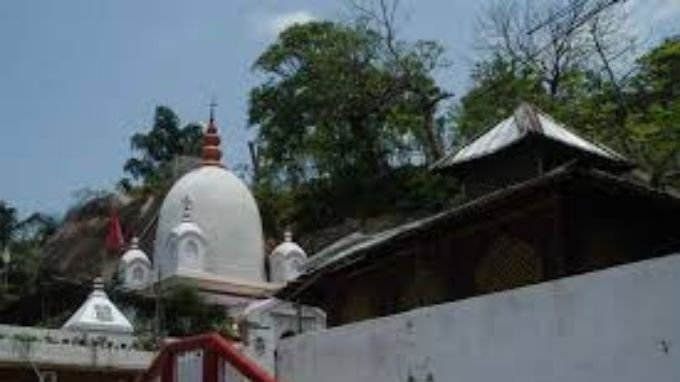
Pandunath Mandir is an ancient temple site dedicated to Lord Ganesha, dating back to the pre-Ahom period. Unfortunately, little remains of the original structure, with only a few rock inscriptions and two artifacts still visible. The site is being rapidly encroached upon, and the Archaeological Survey of India needs to act swiftly to preserve it. Recently, the temple has undergone renovations to attract tourists and travelers.
Welcome Step by Government of Assam
The Government of Assam has proposed a commendable initiative to connect the unique temples of Guwahati through a dedicated ferry service. This service will link seven historic religious sites: Kamakhya, Pandunath, Ashwaklanta, Doul Govinda, Umananda, Chakreshwar, and Auniati Satra, located along the north and south banks of the Brahmaputra River. While this is a promising step, the project remains in the planning stages.
As of now, in order to access these temples, you must plan your way until the above govt project takes concrete shape. Fortunately, all these temples are situated within a 50 km radius of the Kamakhya Temple, making them accessible without much difficulty.

